Despite the endless variety of retail options catering to adults, the younger demographic – especially those under 13 years-old – are highly undervalued. Lisa Hutcheson, a retail strategist and managing partner at J.C Williams Group, offers insights on missed opportunities, challenges, improvements, and new concepts and innovations such as merging toys and apparel. Currently, families are dealing with lack of quality, affordability, and diverse options – often ending with a frustrating shopping experience.
Children’s retail in Canada is a “mixed bag of significant opportunities and gaps,” says Hutcheson as retailers appear to overlook the demographic. “Parents today are in constant search for clothing offering value and variety, yet they are often met with few options.” The difference between demands and supply provide a broader issue in the retail market: the industry’s reluctance to meet consumer needs, to innovate, and adapt.
Lack of affordable options: A missed opportunity
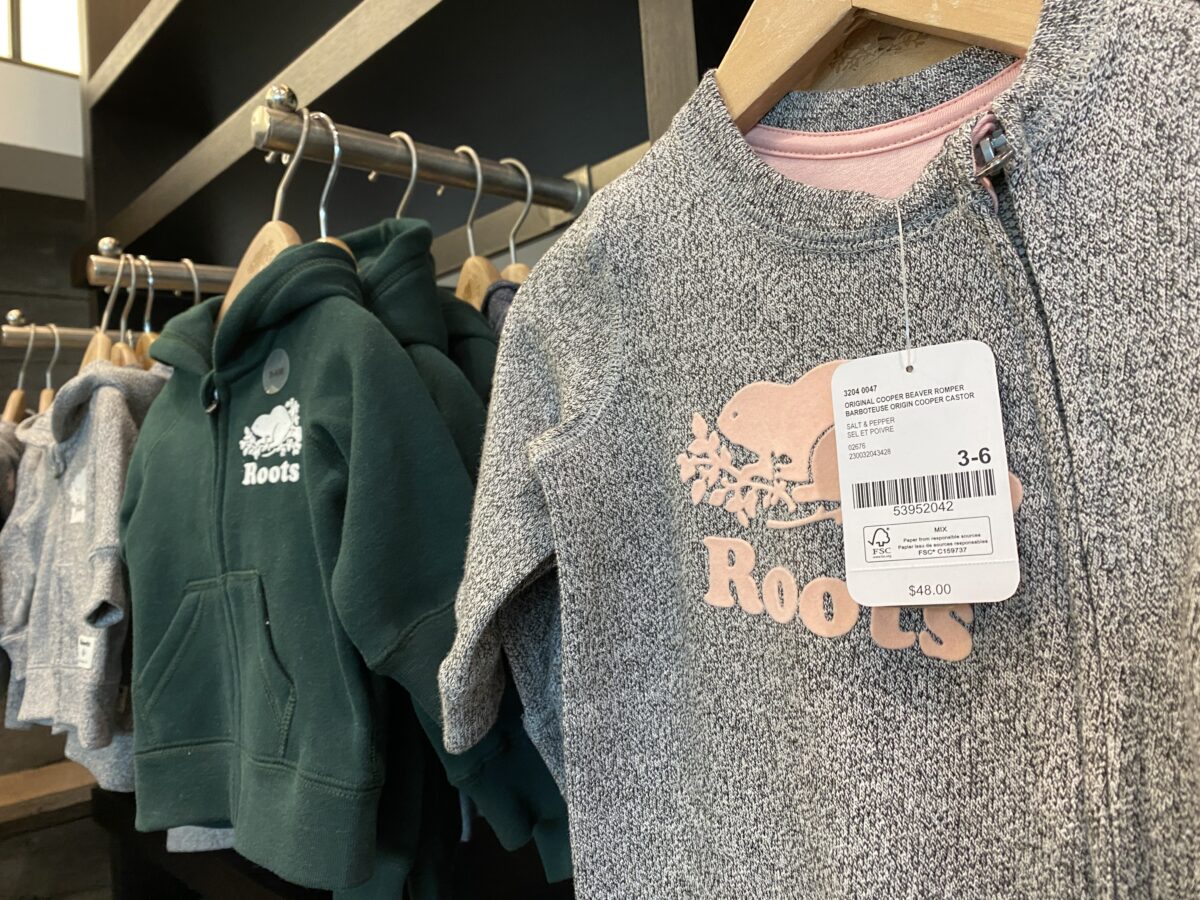

Hutcheson says finding affordable options might be challenging in children’s retail as the market is currently directed towards either high-end boutiques stretching or out of reach for the family budget, or generic selections in larger department stores, trading quality for a lower price tag.
This leaves a significant gap for mid-range affordable children’s clothing where parents don’t have to choose between breaking the bank or buying low-quality items. As parents want the best products for their children, this gap can be frustrating. The gap is also concerning as it reflects a disconnect in the retail market as retailers are not fully understanding family needs and how children play a big part in retail.
“The current landscape of children’s retail in Canada reveals a critical oversight in meeting the demands of modern families. We are witnessing a market at a crossroads, where the traditional divide between high-end exclusivity and mass-market affordability no longer serves the evolving needs of families. What is desperately needed is for retailers to introduce quality, accessible options that resonate with values and economic realities of today’s parents. This isn’t just about filling a gap; it is about reimagining children’s retail as a space where quality and affordability are not mutually exclusive, but inherently linked.”
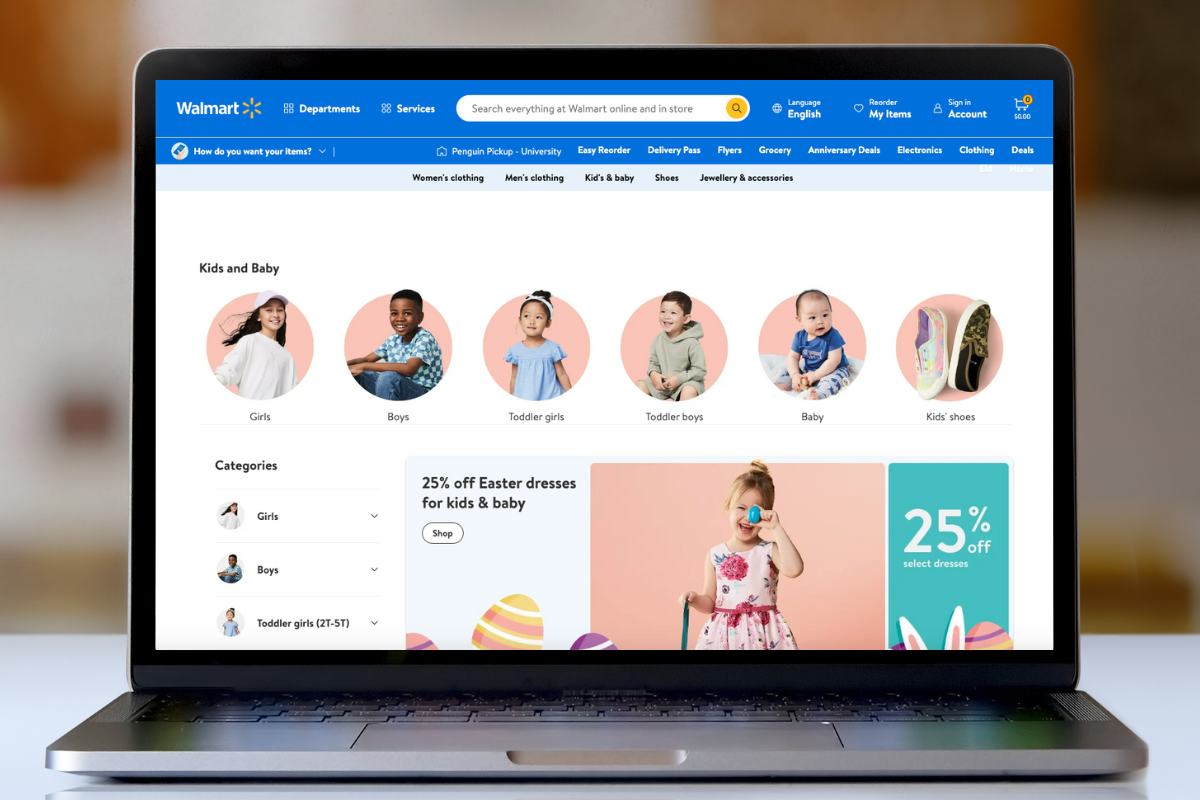
Children’s retail trends

Hutcheson says retailers are noticing a purchasing pattern between clothing as consumers are spending more on girls than boys. To balance this, Hutcheson says retailers need to understand this trend, why it is happening, and offer more creative products. Retailers can also redefine children’s fashion to make it more inclusive and diverse.
“The revenue for girls’ clothing is significantly higher, making up 40.5 per cent of the total category, compared to 23.6 for boys. This divergence in spending between girls’ and boys’ clothing not only reveals parental preferences, but also underscores a potential area for innovation within the boys’ segment. There is a clear opportunity for retailers to delve deeper into what drives these purchasing decisions and to explore new designs, themes, and marketing strategies that could elevate interest and spending on boys’ apparel.”

As children outgrow clothing faster than parents can keep up with, second-hand clothing options are growing in popularity. Parents are buying second-hand items either from stores or pass downs from family and are finding it not only affordable, but also sustainable which reflects a larger retail shift of consumers shopping more consciously.
“In many families, the tradition of handing down clothes from child to child is not just a matter of practicality, but also a reflection of the durability and lasting appeal of well-made garments. It is also a reflection of a broader shift towards sustainable living. Families are increasingly recognizing the value of reusing and recycling garments. It is difficult to understand how much is passed on, and it is a bit different for girls and boys as boys tend to be the ones that are harder on their clothes.”
This trend shows a growing awareness among consumers to make responsible choices – challenging retailers to consider how they can adjust to support this growing trend. Retailers need to adjust strategies in order to meet expectations of today’s parents and kids – if not, Hutcheson says retailers risk fading out.
Short attention spans & tired parents
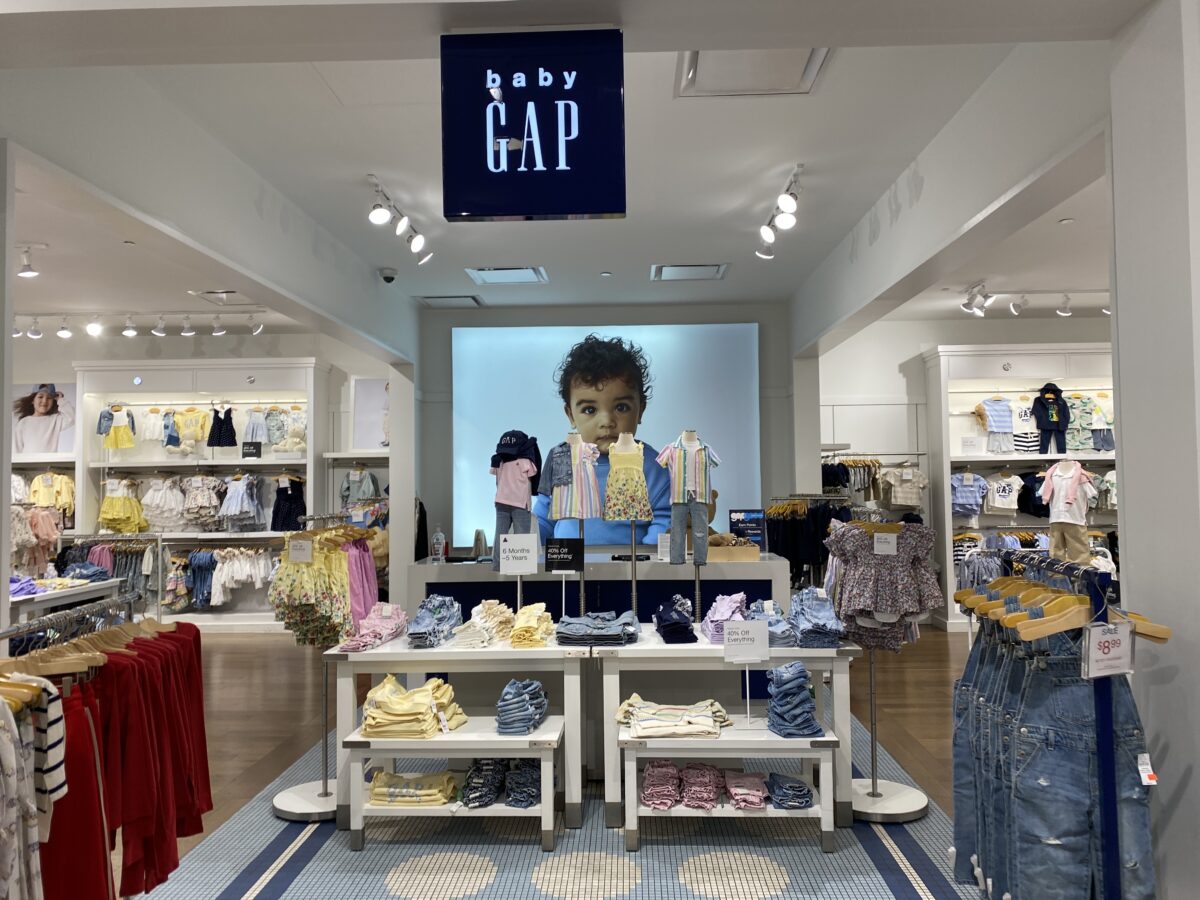
As children have shorter attention spans than adults, it can cause a challenge for retailers to keep consumers in-store for longer. Hutcheson says the retail experience must be designed with parents in mind as they are often accompanied by children and are looking for a quick and painless shopping experience. This includes navigating sizing options and availability without difficulties.
“The reality of retailing for families is that time is of the essence, especially when shopping with young children. Children’s retail spaces need to be thoughtfully designed to cater to the dual needs of engaging young minds and enabling parents to navigate the shopping experience efficiently From clear, accessible sizing options to streamlined layout that minimize the hassle of finding what is needed – every aspect of the store must support a swift, frustration-free visit. It is not just about making shopping easier; it is about respecting the time and needs of families, ensuring they leave with a positive experience and the right products.”
Hutcheson says retailers need to create an environment where it is easy to walk through, easy to find the right products, an easy checkout process, and better yet – an easy and swift exit for parents who need to leave quickly due to a toddler meltdown.
“Creating an environment where families can enjoy their shopping experience without the stress of navigating crowded or complex spaces, ensuring they can leave promptly when needed. A critical aspect of evolving children’s retail is addressing accessibility on all fronts and this means rethinking store layouts to make them more accessible for families, including those with strollers or children with disabilities.”
By thinking about children in layouts, retailers will not only meet the practical needs of families, but also create an environment fun for everyone.
Innovative children retail concepts
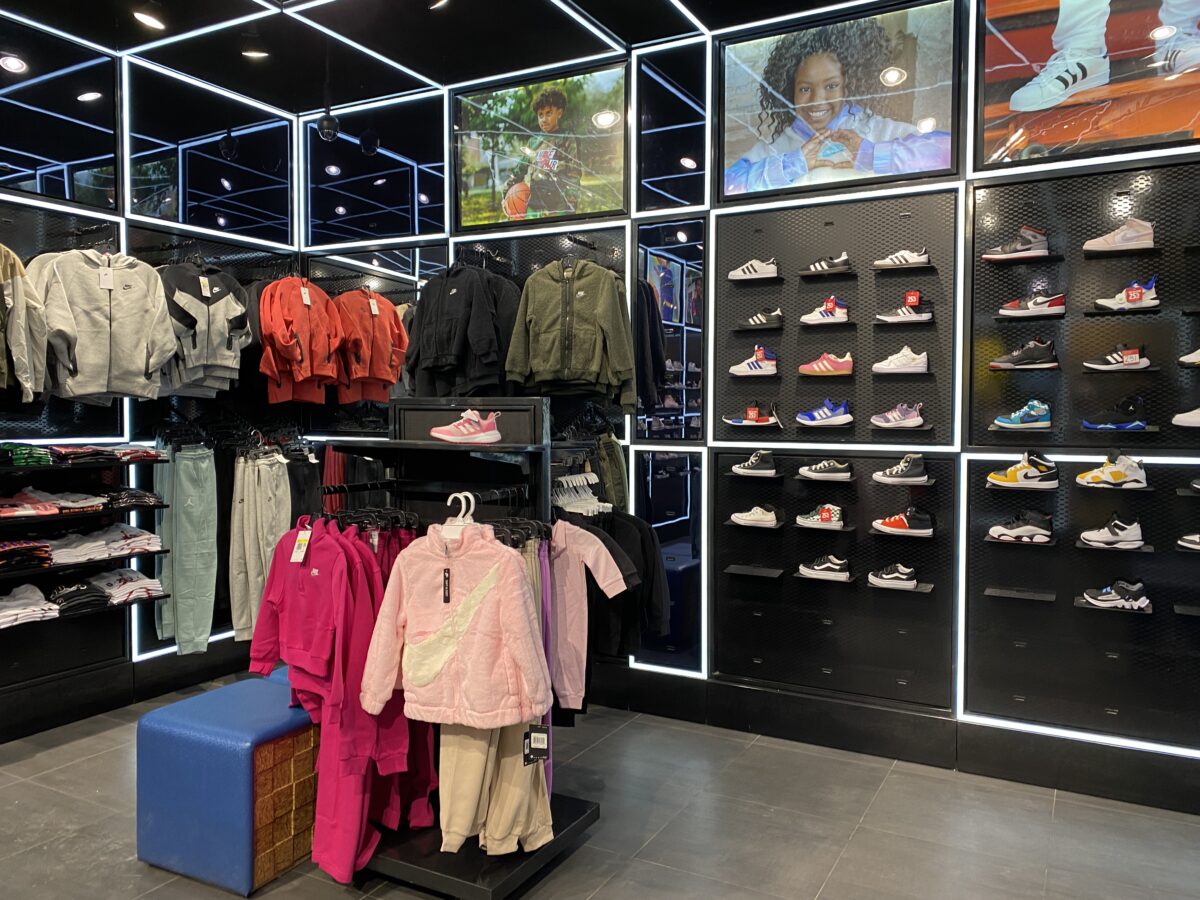
Hutcheson says it is crucial for retailers to create interactive environments – not just clothes on the rack – which is not seen a lot in retail. This could mean designing stores with a play area that allows children to engage with the products in a fun setting.
“Transforming the children’s section into a vibrant, interactive hub is more than innovation; it is necessary. Retailers have a unique opportunity to revolutionize the shopping experience by introducing elements that engage children directly. Imagine a store where the children’s section is not just rows of clothing, but a colourful and inviting space where each colour represents a different theme or activity. Such design not only captivates children’s imaginations, but also aids in navigation, making the retail experience more enjoyable for families.”
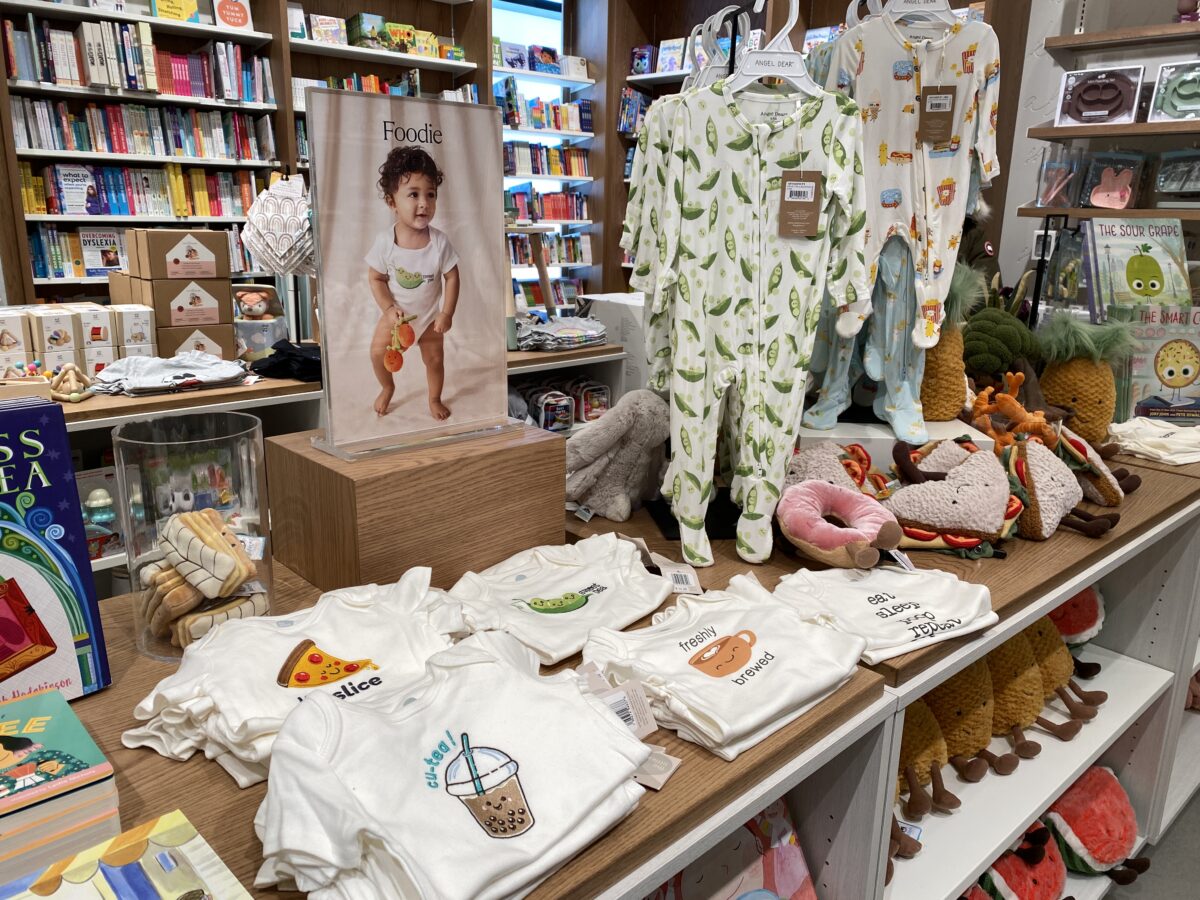
An example Hutcheson uses is Indigo and Coles where it is easy for parents to find the children’s section and enjoyable for kids as it is colourful, playful, and has activities. Not only is it easy for parents to find, but Indigo goes further to divide it more into age groups making it a great experience for people to find books under all ages.
“Retail spaces like Indigo and Coles illustrate the power of thoughtful design in children’s sections. Their approach – making these areas not just accessible but immersive with colour, play, and age-specific zones – sets an example. It is a strategy that both simplifies the shopping process and is enjoyable. This is the kind of innovation we need across the board in children’s retail.”
Joe Fresh is one example Hutcheson says does a great job at offering accessible children’s clothing as it is in a larger retail brand, such as H&M and Old Navy, but makes it easier for families to find exactly what they need for the whole family. Joe Fresh provides options for Men, Women, and children of all ages in very distinctive sections. Oshkosh and Carters are also leading children retailers that provide a seamless shopping experience both online and in-store.
Understanding Generation Alpha – where digital integration is the norm
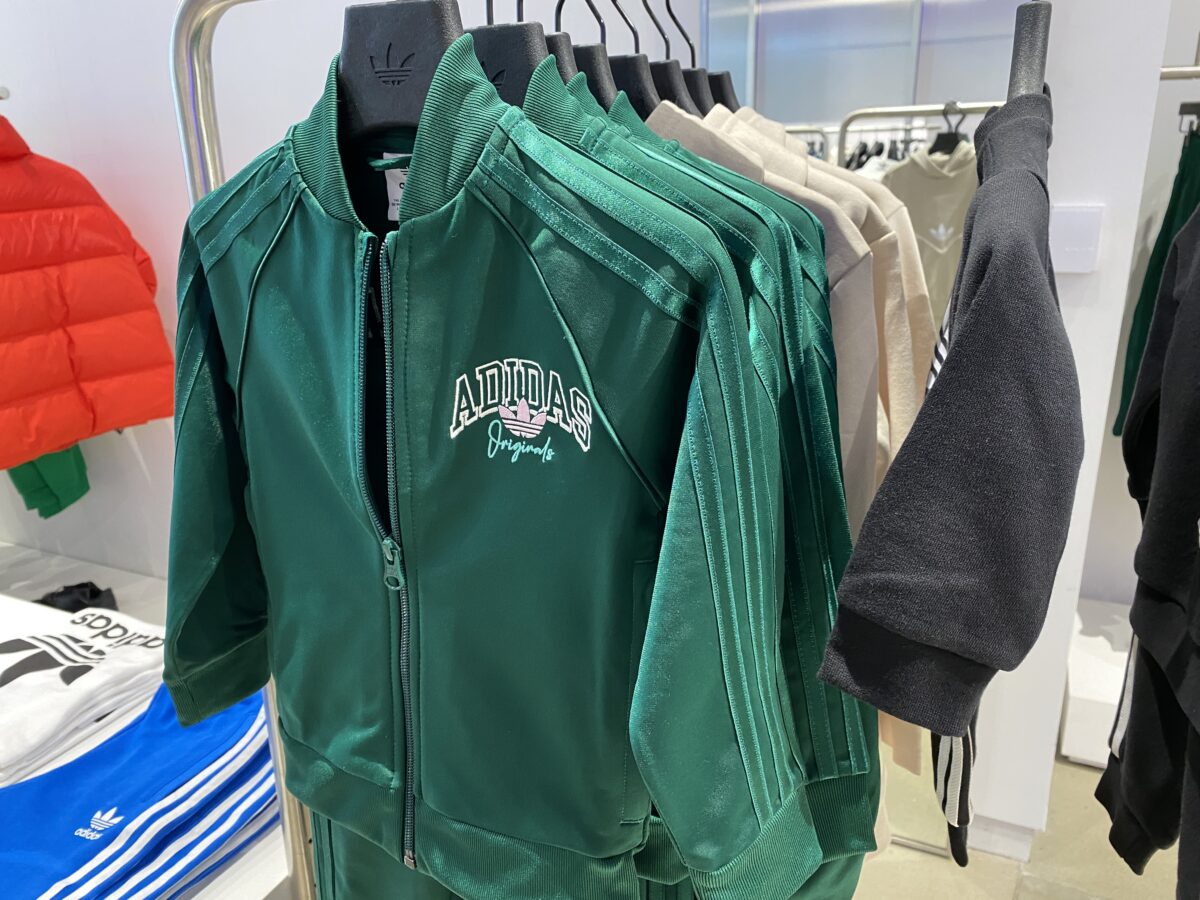
One aspect retailers need to focus on is to understand the generation that will change trends going forward – generation Alpha, children who were born between 2010 to 2024.
Hutcheson says understanding Generation Alpha is crucial for retailers aiming to stay ahead in the evolving children’s market.
“Born into a world where technology is second nature, this generation’s preferences and behaviours are set to redefine retail trends. Retailers must pivot to meet their digital expectations, seamlessly integrating online and offline experiences to engage these young, influential consumers effectively. It is not just about predicting trends; it is about creating an environment where generation Alpha feels understood, valued, and excited to participate in the retail experience.”
For generational Alpha, the distinction between online and offline is increasingly blurred. Hutcheson says the oldest in this generation is around 13 years old and they will expect a seamless integration of digital and physical experiences, from interactive fitting rooms in stores to virtual try-ons and augmented reality.Hutcheson says retailers will need to continually innovate to meet these digital expectations, creating emerging and multi-channel experiences captivating the demographic and their parents.
“For Generation Alpha, the concept of separate shopping channels simply doesn’t exist; they navigate the digital and physical worlds with unparalleled fluidity. They are growing up in an era where the line between online and offline experience is not just blurred – it is virtually nonexistent. As retailers, our challenge is to mirror this reality in our stores and online platforms. This means rethinking everything from the design of our physical spaces to our digital interfaces, ensuring we are not just meeting needs, but anticipating the integrated experience this generation expects.”
Retail Insider will dive deeper into Generation Alpha and its impact on Canadian retail as we will know more about the trend from incoming research.
“Creating something we don’t have right now”

Hutcheson says as retailers have yet to combine toy stores with clothing, children’s retailers are missing another opportunity to innovate in-store experiences and get families staying in-store longer.
Mastermind Toys and Toys R Us are examples Hutcheson provides.
“Mastermind Toys could not just make it about toys – they can make it with apparel and have that toy and play element with it as it would keep consumers in store longer. One parent could be with the kid doing something while the other one is shopping. There could be a storytime and sell the books, I think there is a really great opportunity to create something we don’t have right now.”
By toy retailers adding apparel, it could attract more consumers to stay longer, spend more, and enhance the overall experience of shopping with their children.
This combination not only promises to make shopping enjoyable for families, but also reflects a missed opportunity in the retail market. The potential for creating spaces that are both fun and functional, where every visit becomes a memorable adventure, suggests a promising future of children’s retail that Canadian retailers have yet to embrace.



